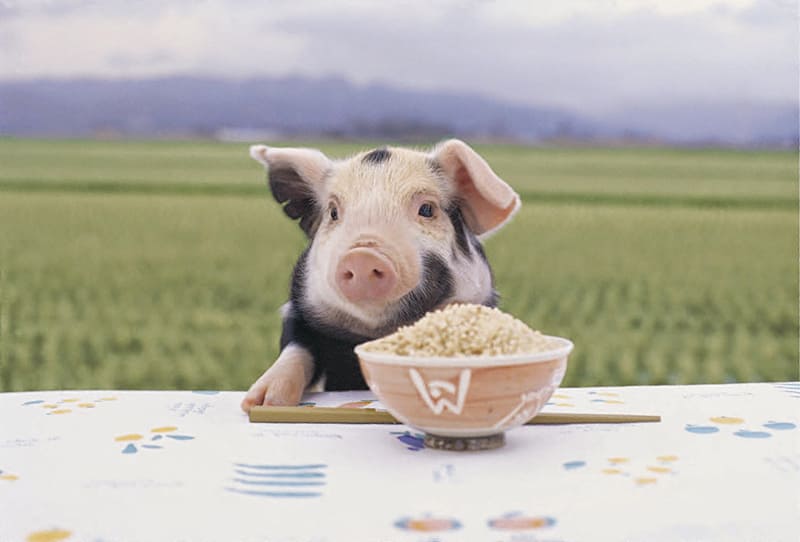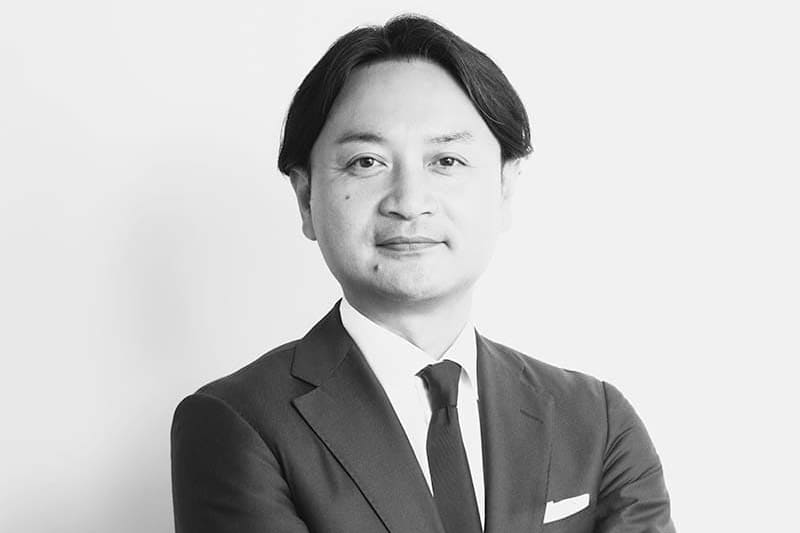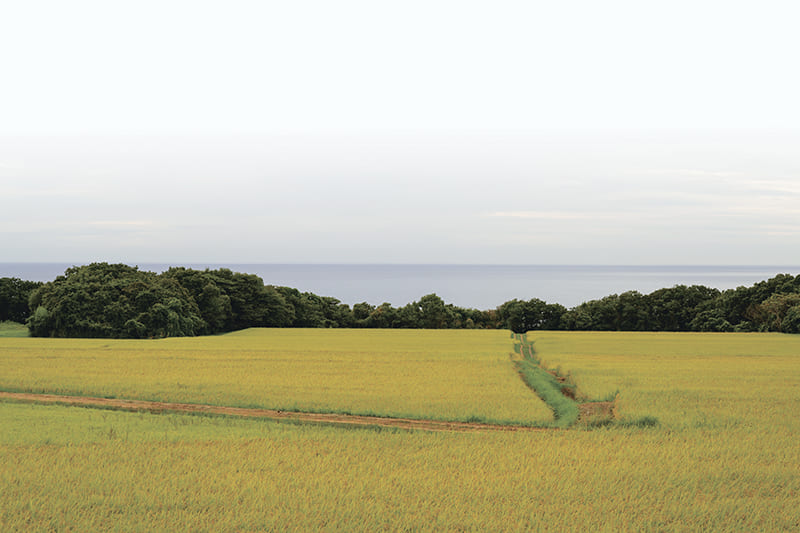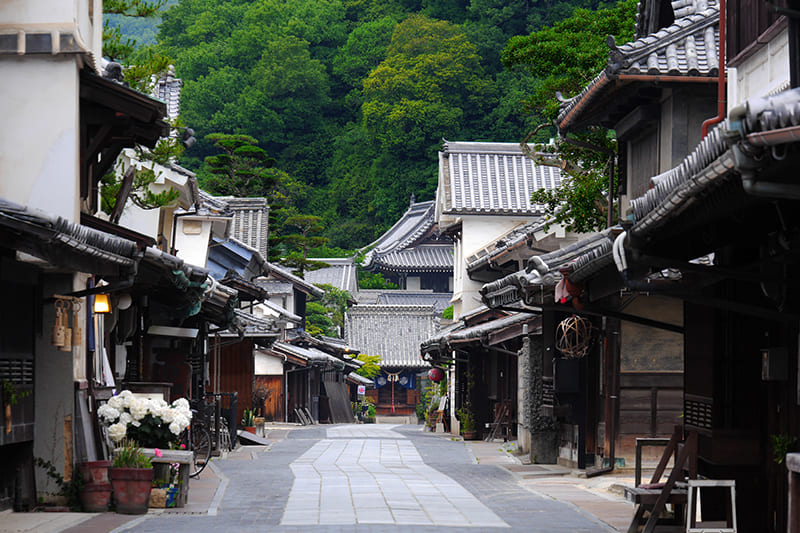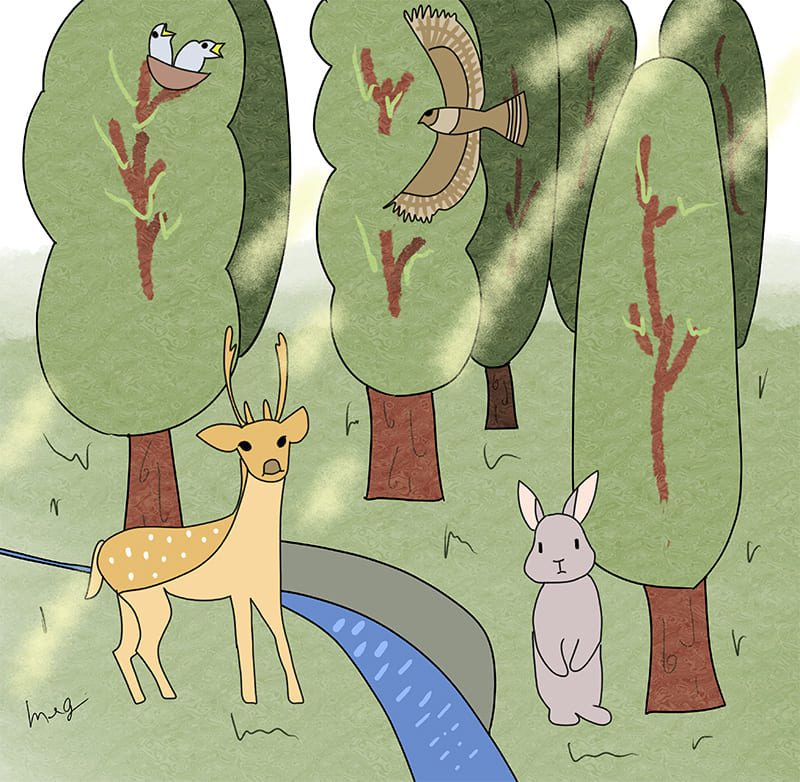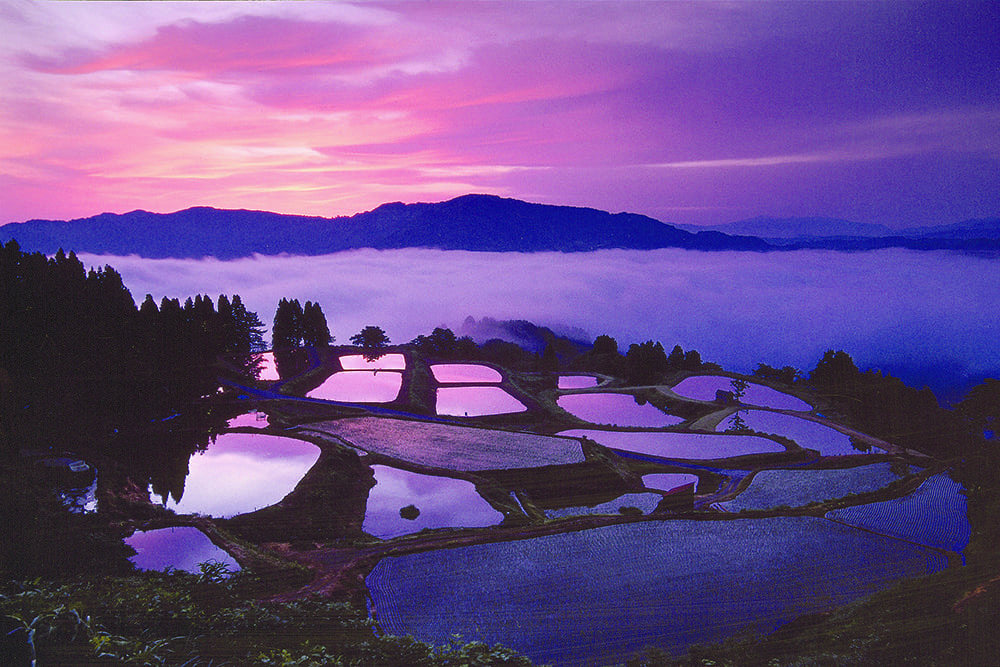October 27, 2023
Foreign sake brewers deepen their learning in Sado
EDUCATIONAL PROGRAM
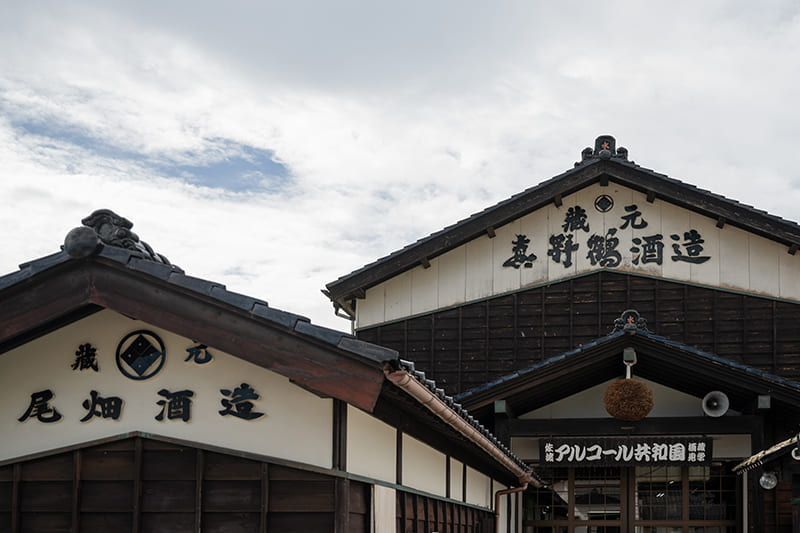
The sake-making program at Gakkogura, Obata Sake Brewery’s second brewery, was attended by seven groups this summer on Sado Island in Niigata Prefecture. The last one, held at the end of August, was the Advanced Sake Brewers Certificate Program, co-organized by the Sake Brewers Association of North America (SBANA), a nonprofit organization founded in 2019. Three participants from the United States and one from Mexico attended the one-week program.
The Gakkogura Sake Making Program allows participants to experience the entire process from washing, soaking and steaming rice to making the kōji (malt), which is done overnight, and brewing. During their stay, participants can experience life on Sado and the island’s nature, which has supported sake brewing there for more than a century.
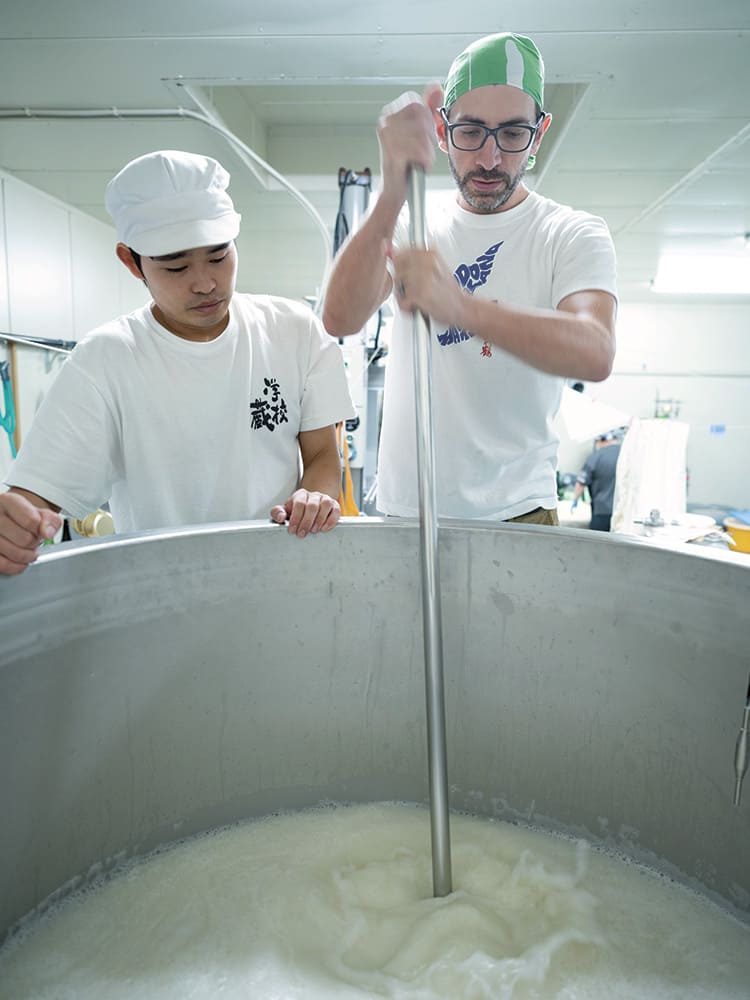
PHOTOS: TAKAO OHTA
Since the participants were already professionally brewing in their own countries, the program was tailored to cover more diverse topics than those provided to general participants. Some of the topics focused on the differences between Japan and North America in terms of the processes, ingredients, machinery and environment for making sake.
For example, water in Japan is basically categorized as soft water, but the hardness of water varies greatly in North America depending on the location. There are many differences that brewers just have to live with and take into consideration as crucial factors that may affect the brewing process, such as climate, temperature and humidity. A great deal of advice was offered to help the participants find optimal solutions for their own sake brewing.
Shima Enomoto, the head researcher of Sake Industry News, who participated in the program as an interpreter and a member of SBANA, said the participants likely picked up some crucial details. “Even though they already have some experience as sake brewers, there are various small differences that they may want to rectify by learning exactly how Japanese sake brewers do their job,” Enomoto said.
Sake Industry News is a twice-monthly newsletter on the Japan side of things that is published by John Gauntner, an internationally known expert who became the first and only non-Japanese tasting judge in the final tasting round of the Zenkoku Shinshu Kampyokai (National New Sake Competition).
Enomoto continued: “For example, how much seed malt needs to be sprinkled on steamed rice and what is the best way to do it — the participants know that these things do affect the taste of sake. That’s why they have many questions, and this program is extremely beneficial to them because they wouldn’t be able to ask so many questions during normal brewing seasons, the busiest time for brewers.”
A ceremony was held on the last day, when the participants received certificates of completion and shared their feedback about the program. One of the participants, Nick Lowry, said: “It is impossible to overstate how much of an impact this last week will have on the state of sake outside of Japan, in particular in North America. We all came here very thirsty for knowledge, and people here at Gakkogura did a good job in satiating our thirst.” He is the lead sake brewer of Moto-i, an izakaya pub in Minneapolis that serves hand-crafted sake.
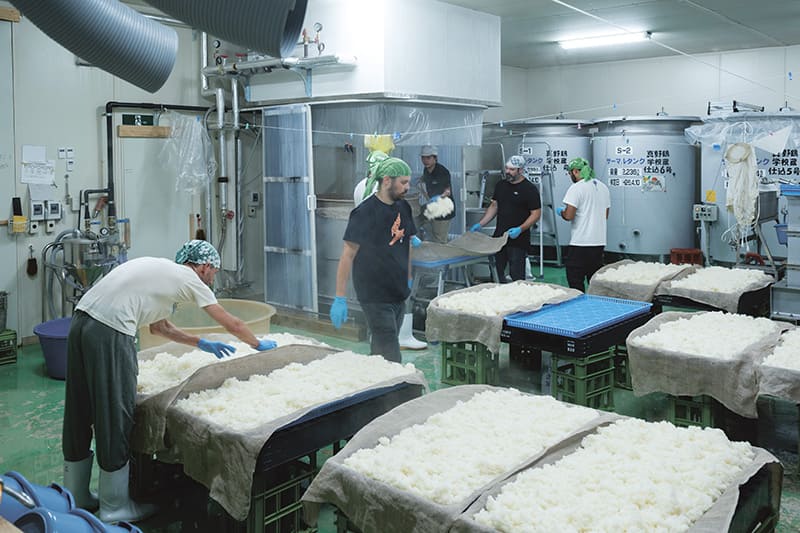
With the rising popularity of Japanese food, sake exports have been climbing steadily, except for 2020, when the coronavirus pandemic hit the industry. Domestic shipments have meanwhile been in decline, dropping to about a quarter of their peak in 1973, according to the Ministry of Agriculture, Forestry and Fisheries. The percentage of exports against total shipments almost doubled in five years from 4.2% to 8.2%. Japan exported to 72 countries last year, and the U.S. has long been the No. 1 importer of sake in terms of volume.
America is gradually nurturing its own sake-brewing culture, but the way it is developing is different from Japan, where home brewing is prohibited, a strict license system is in place, and most sake breweries are centuries old and deeply rooted in the communities. And policies to protect existing makers long hindered the establishment of new breweries until 2021.
“There are 20-some sake breweries in the U.S., many of which started as home breweries run by sake lovers,” Enomoto said. That is why some sake breweries in America are using machinery made for wine, despite knowing that this will affect the taste. In the Advanced Sake Brewers Certificate Program, manufacturers and dealers of various machines for sake making are invited to give lectures about how to use and maintain their products.
Deeper connections with brewers outside Japan through programs like this will hopefully contribute to improvements in sake made outside of Japan. The increased diversity and improved quality will deepen the overall level of sake culture, leading to the invigoration of the global market.
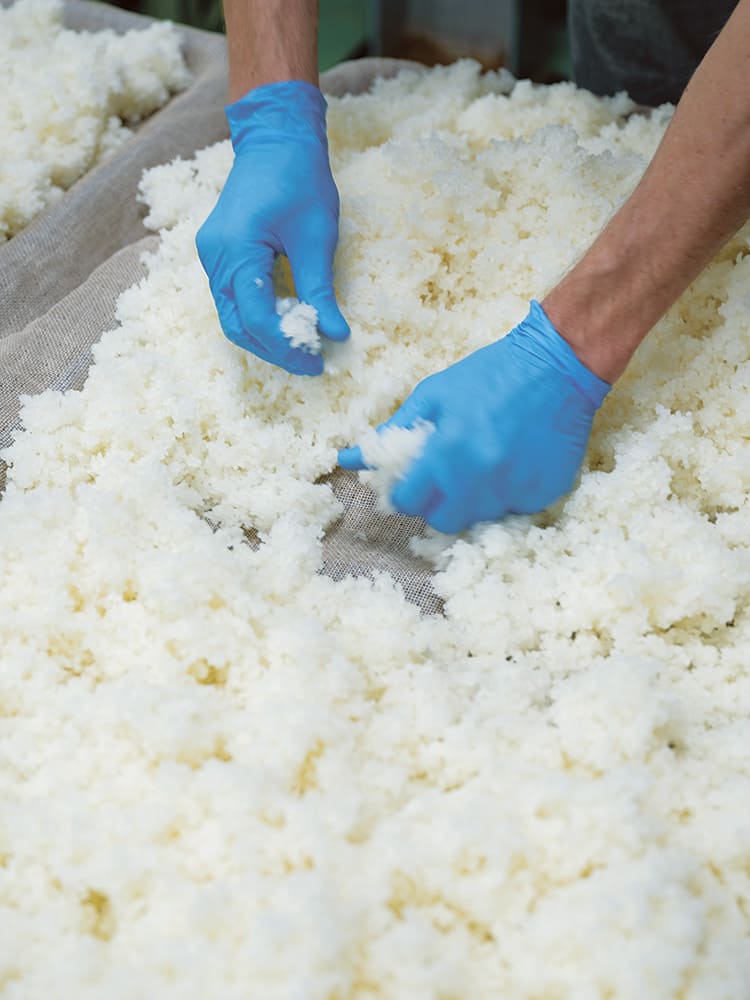
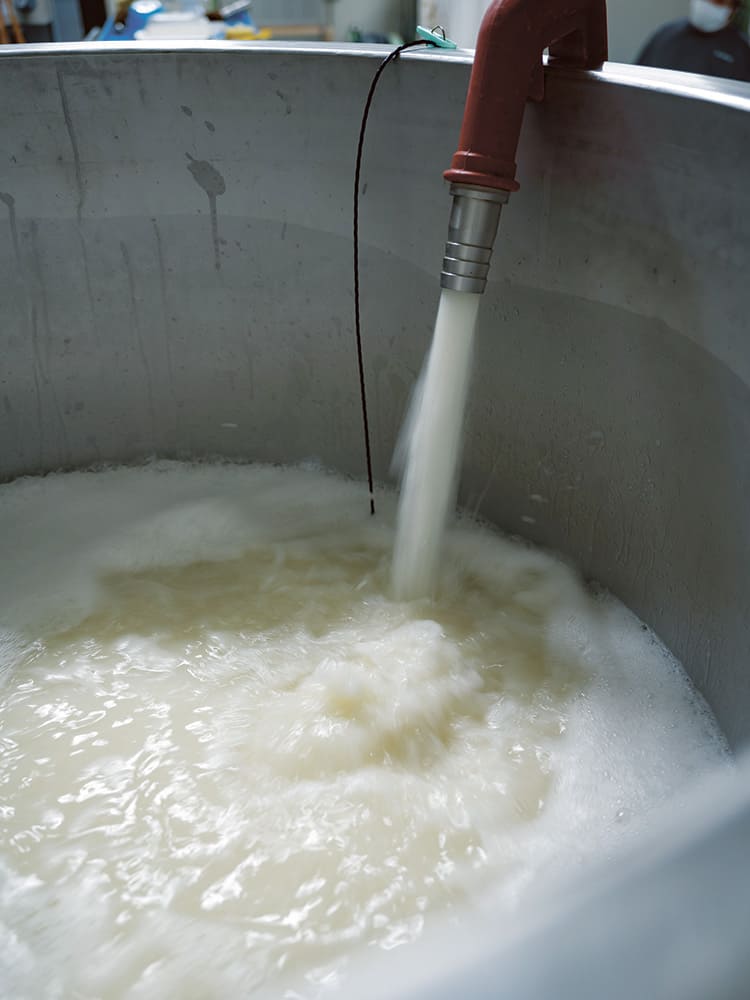
外国人醸造家が、佐渡で日本酒造りを学ぶ。
新潟県佐渡島にある〈学校蔵〉で行われた「学校蔵の酒造り体験プログラム」に、アメリカ人醸造家3名、メキシコ人醸造家1名の計4名の外国人が参加した。これは2019年北米の酒醸造家により設立された「北米酒造協会」との共催で行われ、洗米、浸漬、蒸米、製麹、仕込みといった酒造りのプロセスだけでなく、講義(座学)では、日本での酒造りと異なる点も取り上げられた。例えば、日本の水は軟水だが、米国では水源によって水の硬度に大きな差がある。このように、気候や温度、湿度など、考慮して作業せざるを得ない要素に対してのアドバイスもおくられた。
アメリカでは、日本から輸入するだけでなく、アメリカ国内で独自の酒造文化が育ちつつあり、20軒ほど酒蔵もある。このようなプログラムを通して海外の醸造家同志がつながりを深めることは、世界各国で作られる日本酒の質の向上につながる。多様で良質な酒ができることで、酒文化全体を底上げすることができ、世界における日本酒市場の活性化が期待される。
Return to Sustainable Japan Magazine Vol. 29 article list page

